5 min read
Share this post
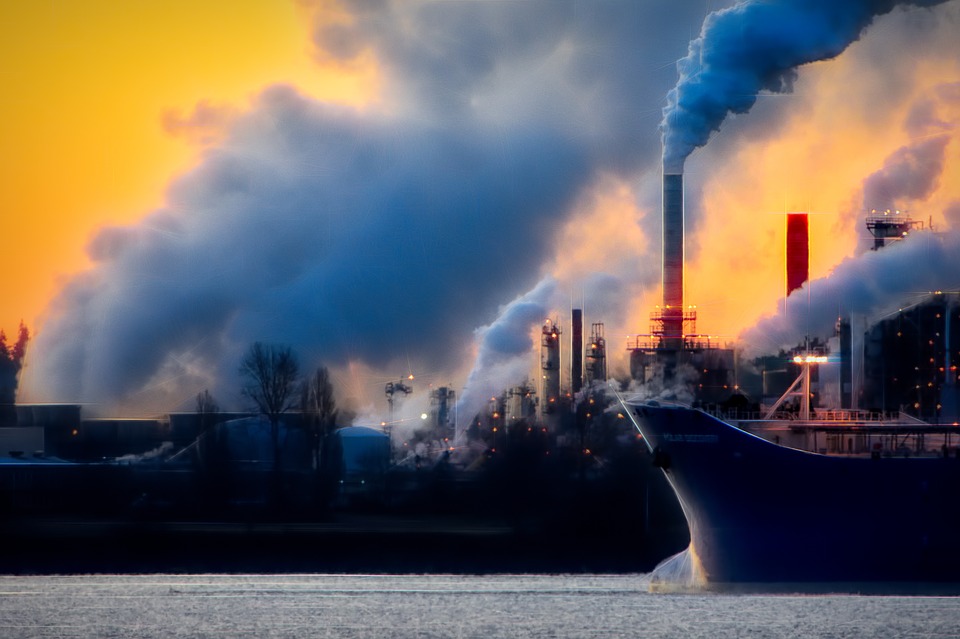
Environmental Lessons for ESL students are increasingly important in any curriculum. We know that every forward-thinking ESL educator includes content about environmental issues in their curriculum.
Below, please find a overview of each of our Environmental Lessons for ESL students that help you guide students around our century’s most pressing problems.
Just how real are the threats posed by global warming? Is there even such a thing? Are rich countries again determining how everyone should act? Why are we not worried about something that scientists believe will radically alter civilization for our children?
This lesson is a general introduction to major environmental issues. It looks briefly at the language around cause and effect. A lesson to get your students thinking!
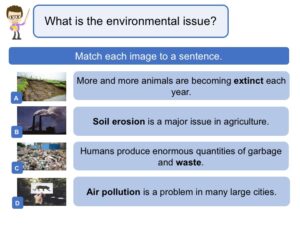
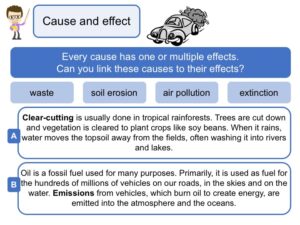
According to projections, the planet’s population will peak mid-century at 9 billion. Clearly, there are problems ahead. Will advancements in agricultural technology allow us to feed an increasingly large population?
As we cut down more and more trees to cover more and more landscape with concrete, metal, glass, and asphalt, are we providing urban environments in which people can still flourish? Many cities are now mega-cities and contain more than 10 million inhabitants. Can such an enormous urban environment be good for anyone?
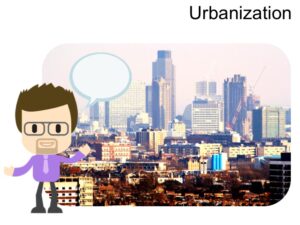
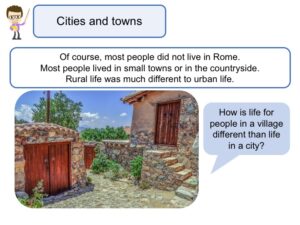
In the 20th century, farming underwent radical changes that allowed us to double our agricultural output. But at what cost? Hundreds of millions of pounds of chemical pesticides are sprayed each year onto crops. We don’t really know if they are safe.
Species are disappearing as we destroy their habitats. As we construct roads and buildings and ever-larger developments, we degrade the living areas of countless species. And while you cannot stop progress, what are we going to lose forever?
In some major cities, air quality has been a major issue for almost two centuries. The infamous smog that used to cover London became a health crisis in 1952, when thousands of people died from respiratory tract infections. Today, the same situation unfolds in Delhi, India, where millions of people are at risk of permanent lung damage. What can be done?
According to the World Health Organization, almost 850 million people remained without access to safe drinking water in 2015. Contaminated water can transmit diseases such as diarrhea, cholera, dysentery, typhoid, and polio.
As the world’s land quality becomes degraded, there is less land to farm. However, Earth’s population continues to increase, placing more and more strain on the soil. Soil becomes contaminated through use of chemicals and toxic materials, yet we are using more, not less, of harmful pesticides.
When the forest disappears, countless animals and humans also suffer. In South America, millions of indigenous people have been displaced in order to develop the forest. Deforestation destroys livelihoods.
Today, one of the most common types of plastic is polyethylene terephthalate, or PET. It is used to make billions of bottles and containers each year. It is estimated that a plastic bag or bottle could take between 500 to 1,000 years to biodegrade. The oceans are being choked to death by plastic.
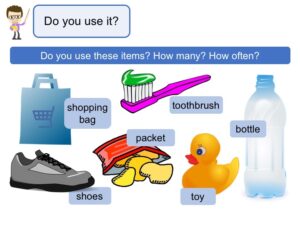
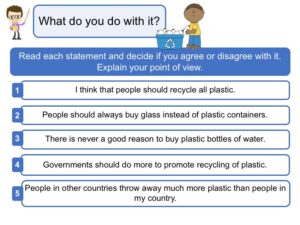
When a species goes extinct, the ecosystem starts to suffer. For example, an extinct animal or plant can cause a hole in a food chain, which will have repercussions both above and below that food chain.
Invasive species move around the globe as humans do, causing destruction to natural environments. Invasive species are now causing billions of dollars in damage each year, as well as driving native species to extinction.
Whether we call it trash, rubbish, waste, or garbage, we are producing more and more of it. Today, governments are focusing on ways to reduce what we use instead of just recycling. Our rampant consumerism must change if we want to reduce the amount of waste that ends up in landfills.
Like laws that protect children’s rights and animal rights, the environment needs laws and regulations to ensure that it has a voice. This lesson provides opportunities for students to examine and discuss the environmental impact of a project.
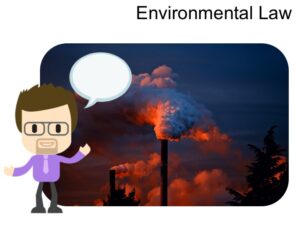
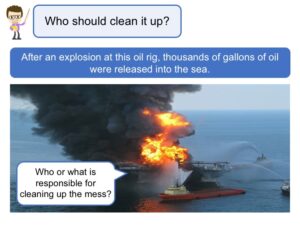
Do we need to save the environment or can it look after itself? Would you join a protest? How do you feel about the organizations that exist to conserve and preserve our planet?
Share this post

![Past Simple Lesson Plan [Updated 2025]](https://www.off2class.com/wp-content/uploads/2014/09/Screenshot-2025-04-25-at-3.09.03 PM.png)

One Comment
so i need how to write monograph about environmet and i dont have much information